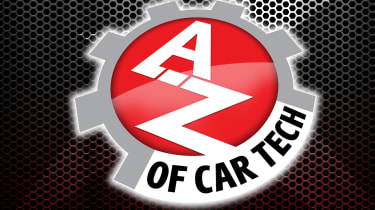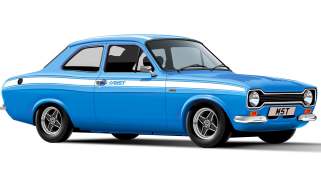Car Tech A to Z: G is for gearbox
The letter G in our A to Z of car tech examines how gearboxes work
The technology contained within the modern motor car can be both fascinating and slightly baffling. Most such technology exists to make our cars safer, more efficient and just better than ever to drive but some of it can be quite confusing for the average motorist. In this A to Z series we will attempt to unravel the mystery of technology that is the modern motor car. This week, we’re visiting the letter G…
G is for…gearbox. Also known as the transmission, in simple terms a gearbox is what transfers the output of an engine to the driven wheels of a vehicle. The gearbox is connected to the crankshaft of an engine via a flywheel, and it then transmits that engine’s outputs via a clutch to a driveshaft, and then via a differential to the driven wheels.
In a rear or four-wheel-drive car where the engine is in the front, a propshaft is also deployed to transfer the engine’s power from the gearbox to the rear driveshafts.
• Manual vs Automatic gearboxes
A gearbox has different size ratios, known as gears, which enable the engine’s output to be deployed at the same revs but at increased or decreased road speeds.
G is for…Gaydon. Gaydon is the advanced design and engineering facility and home to Land Rover design. It also boasts the UK's largest hybrid engineering team and employs around 9200 people in total.
As well as the design studios, Gaydon also hosts JLR’s chassis and body engineering plants, its CAD workstations, a virtual-reality suite, climatic wind tunnels, rig-test and engine test beds, an electro-magnetic chamber and materials laboratories. There is also an extensive test track including an off-road facility.
Next, the letter H…

Find a car with the experts


